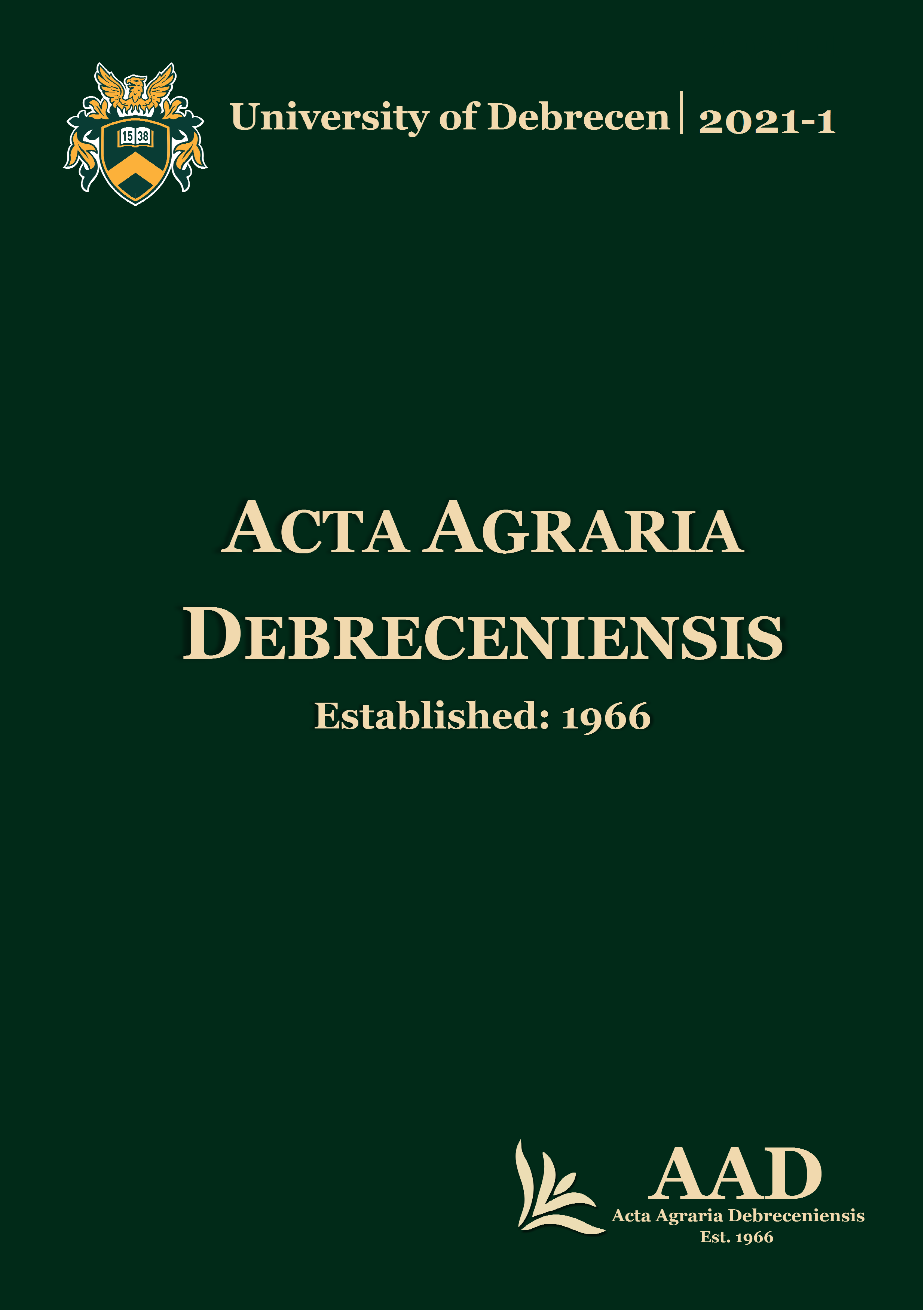Data on the Orthoptera fauna of characteristic agricultural landscape in the Carpathian Lowland
Authors
View
Keywords
License
Copyright (c) 2021 by the Author(s)

This work is licensed under a Creative Commons Attribution 4.0 International License.
How To Cite
Accepted 2021-03-24
Published 2021-06-01
Abstract
Orthoptera fauna and assemblages of natural and semi-natural grasslands of the Hungarian Lowland are well-known, however, little is known about assemblages living in agricultural and anthropogenic habitats such as arable lands, roadsides, hedges, and riverbanks. Due to climate change, intensification of agriculture, and change of habitat use, these habitat types become increasingly important.
To collect data on these mainly unknown habitat types, a three-year study was carried out on the Orthoptera fauna and assemblages of the firth region of the Tisza and Sajó rivers. This area was mainly unknown, and our research contributes to increasing knowledge and provides a base for further investigations.
In the 40 sampling sites of the studied region, an occurrence of 30 Orthoptera species was recorded based on 2241 sampled individuals. In this study, we provide 540 new distribution data records of orthopterans that means an almost eightfold increase of the known data. Orthoptera assemblages of different agricultural habitat types showed significant differences considering both species richness and composition. Data suggested that non-cultivated habitat patches of dirt-roads, roadsides and stubble fields and even extensively used pastures, hayfields and alfalfa, red clover, and even wheat fields can preserve relatively species-rich Orthoptera assemblages. Contrary weedy sites of these cultivars and intensively used arable lands (maize, sunflower and rape fields) showed extremely low species diversity.

 https://doi.org/10.34101/actaagrar/1/8495
https://doi.org/10.34101/actaagrar/1/8495